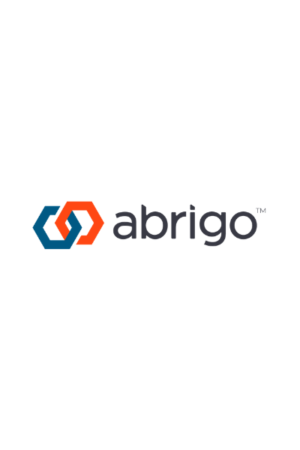Probability of Default/Loss Given Default analysis is a method used by generally larger institutions to calculate expected loss. A probability of default (PD) is already assigned to a specific risk measure, per guidance, and represents the percentage expected to default, measured most frequently by assessing past dues. Loss given default (LGD) measures the expected loss, net of any recoveries, expressed as a percentage and will be unique to the industry or segment.

When combined with the variable exposure at default (EAD) or current balance at default, the expected loss calculation is deceptively simple:
Expected Loss = EAD x PD x LGD
While the equation itself may be simple, deriving the variables takes time and considerable analysis. PD and LGD represent the past experience of a financial institution but also represent what an institution expects to experience in the future. PD is typically calculated by running a migration analysis of similarly rated loans, over a prescribed time frame, and measuring the percentage of loans that default. That PD is then assigned to the risk level; each risk level will only have one PD percentage.
LGD measures the net loss percentage of those loans that defaulted within an industry or segment. An accurate LGD variable may be difficult to obtain if portfolio losses are different than expected or if the segment is statistically small. Industry LGDs are available from third party vendors, if necessary. The positive is that PD and LGD numbers are typically valid throughout an economic cycle, but they should be re-evaluated periodically or in the event of economic recovery or recession, merger, or significant changes in portfolio composition.
Streamline your allowance calculation with the only CECL solution endorsed by the American Bankers Association.
Request More Information »
The main benefit to financial institutions using PD/LGD is the simple calculation: the quantitative reserve can be easily calculated within simple models that create directionally consistent expected loss numbers. That consistency contributes to the use of this method among institutions.
It also ties the risk rating process directly to the allowance for credit losses calculation via the PD. If actual net losses are not in line with predicted losses, a financial institution would need to determine if the credit review process routinely over- or understates customer risk ratings.
To learn more about the PD/LGD approach and the pros and cons of using it under the Current Expected Credit Loss Model (CECL), download this infographic, CECL Methodologies: Pros and Cons for Your Portfolio. See how one financial institution incorporated PD/LGD into its allowance calculation. To gain confidence in your allowance calculations, explore CECL software endorsed by the American Bankers Association.

